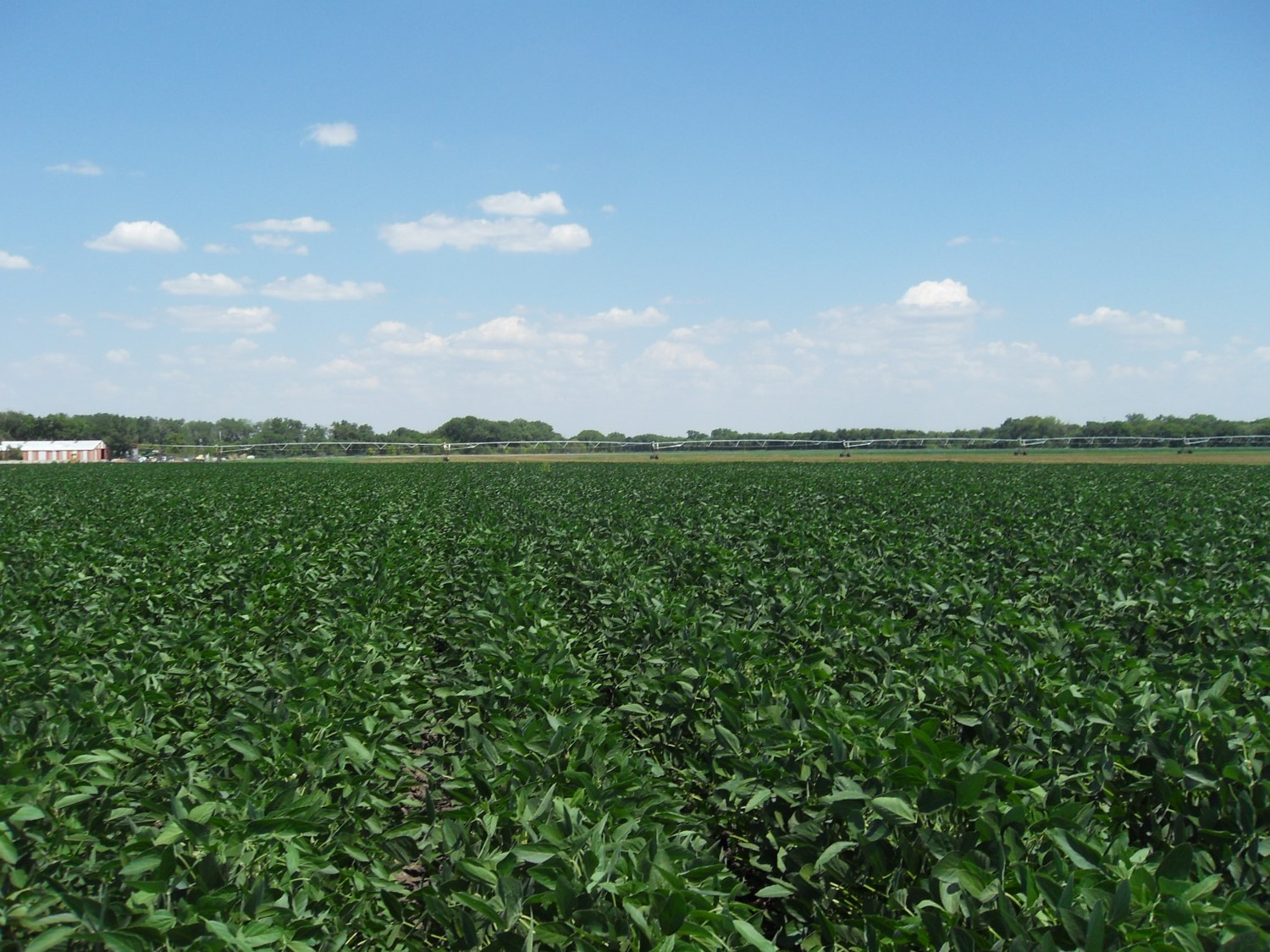
A frequent question is why is nitrogen not routinely tested on my soil?
The answer is that most labs in the southeast do not routinely test for nitrogen or more specially nitrate, as nitrate levels are a function of 1) organic matter and 2) rainfall.
Function of organic matter
1) In the spring as soils warm up and microbes start to mineralize organic matter. As the organic matter is mineralized you will get a flush of nitrate. The amount is dependent on the soil organic matter level, the more organic matter the more nitrate that will be released. In general the Southern US has low amounts of organic matter. In colder winter climates organic matter can accumulate at higher rates than warmer climates, as the microbial activity slows down or stops due to their winter temperatures and duration.
Function of nutrient mobility
2) Nitrate is mobile (along with sulfate, chloride, and boron-to some extent). So a 0-6” sample that is good most things can give you a false low if the nitrate is deeper than 6” but still able to be captured by roots deeper down. When we do nitrate samples it is usually for corn about 1’ tall (late spring) and the sample depth is 0 to 12”.
Nitrogen fertilizer recommendations
N recommendations in the southeast are based off fertilizer trials by crop, nitrogen rate, and region because we start off with a low nitrate amount each spring. Once you go as far north as Missouri, Kansas on up to Wisconsin you will see labs offer N credits for each percent OM and sometimes a function of organic matter and soil texture.